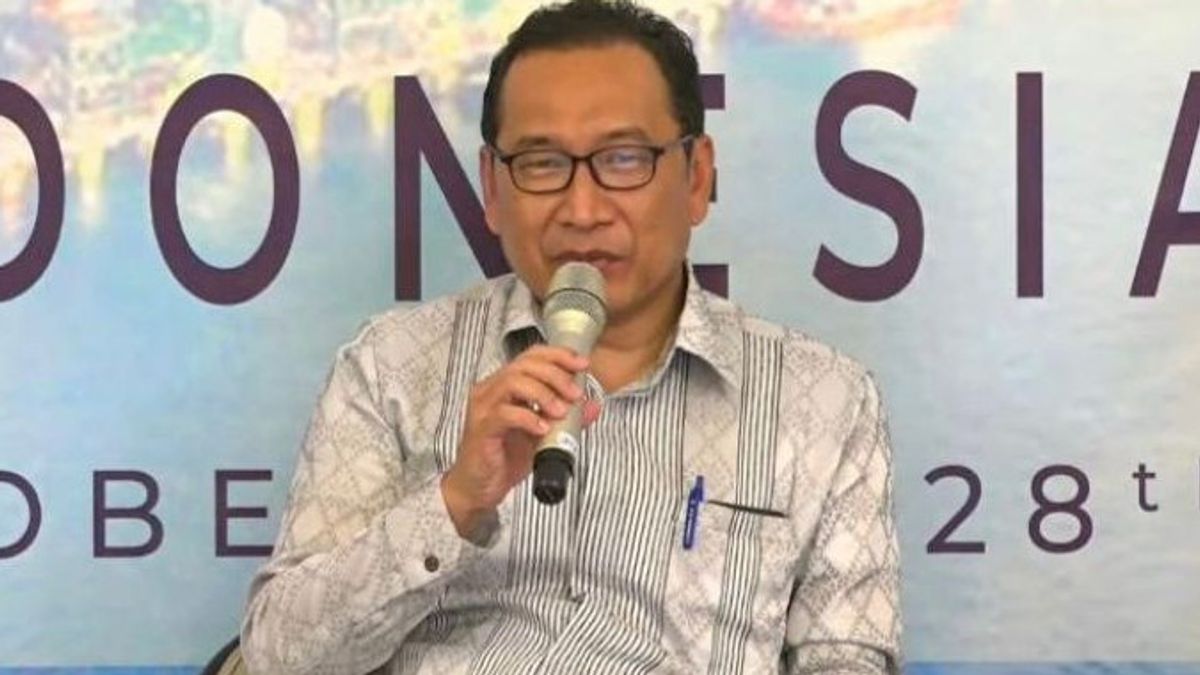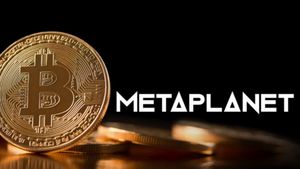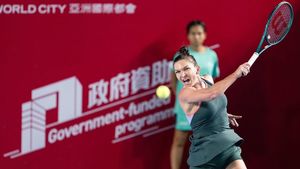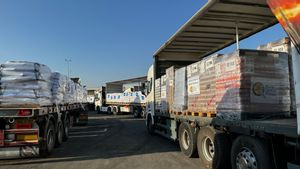JAKARTA - The Indonesian government is trying and has carried out and supports port decarbonization and low-carbon fuel for shipping starting in 2036 with a mixture of e-amonia, hydrogen, and biofuels.
"The Ministry of Transportation continues to optimize the development of a competitive marine transportation sector in the National Port Master Plan (RIPN)," said Director General of Sea Transportation, Ministry of Transportation Arif Toha in a statement in Jakarta, quoted from Antara, Saturday, October 29.
This was stated when he was one of the speakers at the G20 Side Event: International Conference on Shipping Decarbonization in Indonesia, organized by the Coordinating Ministry for Maritime Affairs and Investment and the Danish Maritime Authority.
In accordance with the Decree of the Minister of Transportation Number KP 432 of 2017, currently there are 636 ports used to serve sea transportation, 57 terminals which are part of the port, and 1322 port location plans.
Indonesia is located in a strategic location on the world trade route where 90 percent of international trade is carried out by sea, and 40 percent of it passes through Indonesian waters which have the potential to cause very high water pollution from ships. There are about 1241 ports in Indonesia that are actively operating and have the potential to improve a sustainable economy.
Mandatory measures to reduce greenhouse gas (GHG) emissions from international shipping have started since January 1, 2013, including all new ships (above 400 gross tons) having to be designed to achieve the Energy Efficiency Design Index (EEDI) under the required standard benchmark. Then all ships are required to carry and implement the Ship Energy Efficiency Management Plan (SEEMP) for all ships using the Energy Efficiency Operational Indicator (EEOI) as a monitoring tool and as a benchmark.
Director General Arif explained that regarding greenhouse gas, currently the IMO is valid, namely 2018 Initial IMO GHG Strategy, with a target of reducing GHK emissions by 40 percent by 2030 and 70 percent by 2050. IMO adopted its early strategy of reducing GHK emissions from ships, setting a vision that confirms the IMO's commitment to reducing GRK emissions from international shipping and removing them gradually.
"Some countries declared zero emissions in 2050, but there are also several countries that set net zero emissions in 2060, namely Indonesia, Russia, China, Saudi Arabia, Ukraine, Sri Lanka, Nigeria and Bahrain," he said.
The efforts to reduce GRK emissions in order to achieve NZE 2060 which is currently being carried out by sea transportation sub-sectors are the use of SBNP solarcells, carrying out port operational management efficiency, namely with the Onshore Power Supply facilities (in Tanjung Priok, Tanjung Perak, Belawan, Makassar, Balikpapan, Batam, Dumai, Cilacap, Banjarmasin, Kumai, Sampit, Benoa, Lembar, and Kupang (21 Ports), modernizing ships using Nabati Fuel (B30), carrying out energy conservation in ships and ports, and ecoport development through the use of EBT in ports such as PLTS, LPJU solarcell.
"In addition, Indonesia is also actively collaborating with other countries with the support of the IMO Technical Cooperation Program, including Bluesolution, which aims to reduce GRK emissions through the use of technology," he said.
The English, Chinese, Japanese, Arabic, and French versions are automatically generated by the AI. So there may still be inaccuracies in translating, please always see Indonesian as our main language. (system supported by DigitalSiber.id)













